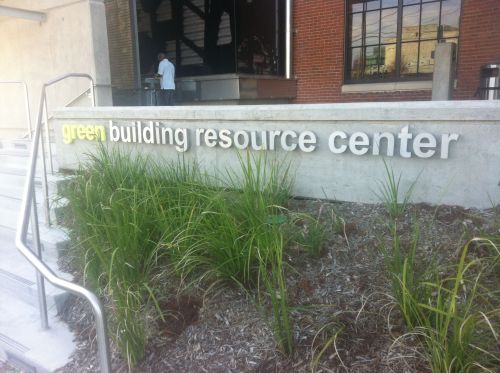The American Heritage® Dictionary of the English Language defines self-aggrandizement as: “The act or practice of enhancing or exaggerating one’s own importance, power, or reputation, esp in an aggressive or ruthless manner.” I define it as the single quality to which my personality is most averse, which is to say that I pride myself on maintaining a certain degree of dignified humility. My reservations about signing up for an account on the professional networking site LinkedIn stem almost exclusively from this point: I am not a salesperson, particularly when the product I’m selling is myself.
This is, of course, a gross mischaracterization of what LinkedIn offers, and how it differs from the less professionally minded social media platforms. At its core, it is a connection-based networking site, with a heavily moderated relationship “request” system. The intent is to prevent users from engaging in professional popularity contests, in addition to reducing spam. Groups provide a means of connecting via industry, workplace, or interests, while an organized job listings database matches users with opportunities suitable to their qualifications. An aggregated news feed provides updates from within a user’s network, as well as providing business news from around the world.
These minimal differences from platforms such as Facebook, however, have had vast implications for the type of digital community that has developed on LinkedIn. Capitalism is, by definition, highly competitive, and some of the more unsavory aspects of employment seeking and professional networking manifest themselves on the website. User profiles are rife with meaningless corporate language, one-upmanship, and “creative intimidation,” which can be overwhelming (or nauseating) to the newcomer. Etiquette enforcement, and elitism more broadly, also serves to make LinkedIn one of the least inviting social networking platforms, which is only exacerbated by paid account options.
Does this mean that LinkedIn cannot be adapted to meet the needs of the casual user, who would prefer not to objectify themselves? Certainly not, but I would argue that LinkedIn’s core demographic is that of the overly opportunistic go-getter, followed closely by the desperate jobseeker, and this is reflected in the dynamics of the community. It can be difficult for the casual user (or casual jobseeker), to not feel alienated—a seemingly paradoxical condition in the social networking sphere.
Nonetheless, LinkedIn is a powerful platform, which I’ve personally found to be marginally fulfilling. If nothing else, its reputation as an appropriate space for one’s digital resume is advantageous, and I have little doubt that meaningful professional relationships can be forged on the platform. My numerous qualms with the websites are largely the result of my own subjective beliefs on what constitutes exploitation, self-aggrandizement, and objectification, but even these concepts are regularly in flux. As the enormously popular website continues to enjoy exponential growth, one could reasonably conclude that the site is, if nothing else, providing a unique service which successfully meets the needs of many aspiring & established professionals; I’m still undecided as to if I’m one of them.







